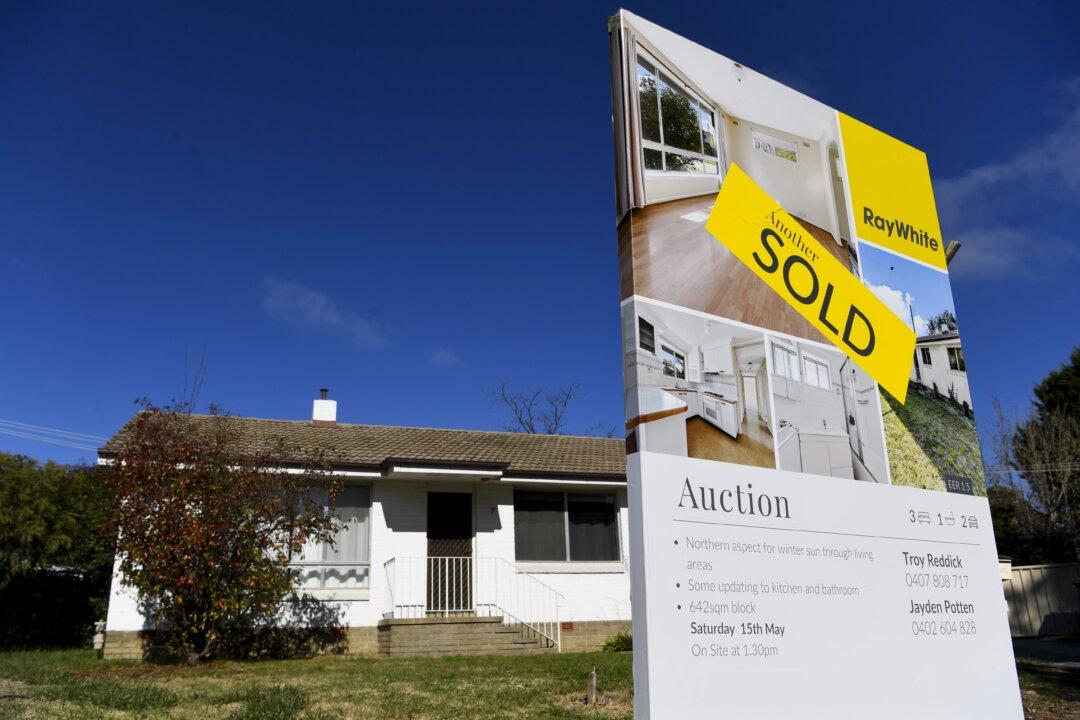According to property researcher CoreLogic, the value of Australia’s residential housing market surpassed $9 trillion (U.S.$6.6 trillion) in September, just five months after reaching $8 trillion (U.S.$5.8 trillion).
Housing prices soared 20.3 percent over 12 months since the Reserve Bank of Australia lowered the official interest rate to 0.1 percent in Nov. 2020, and the federal government provided a number of financial assistance schemes to buyers.





